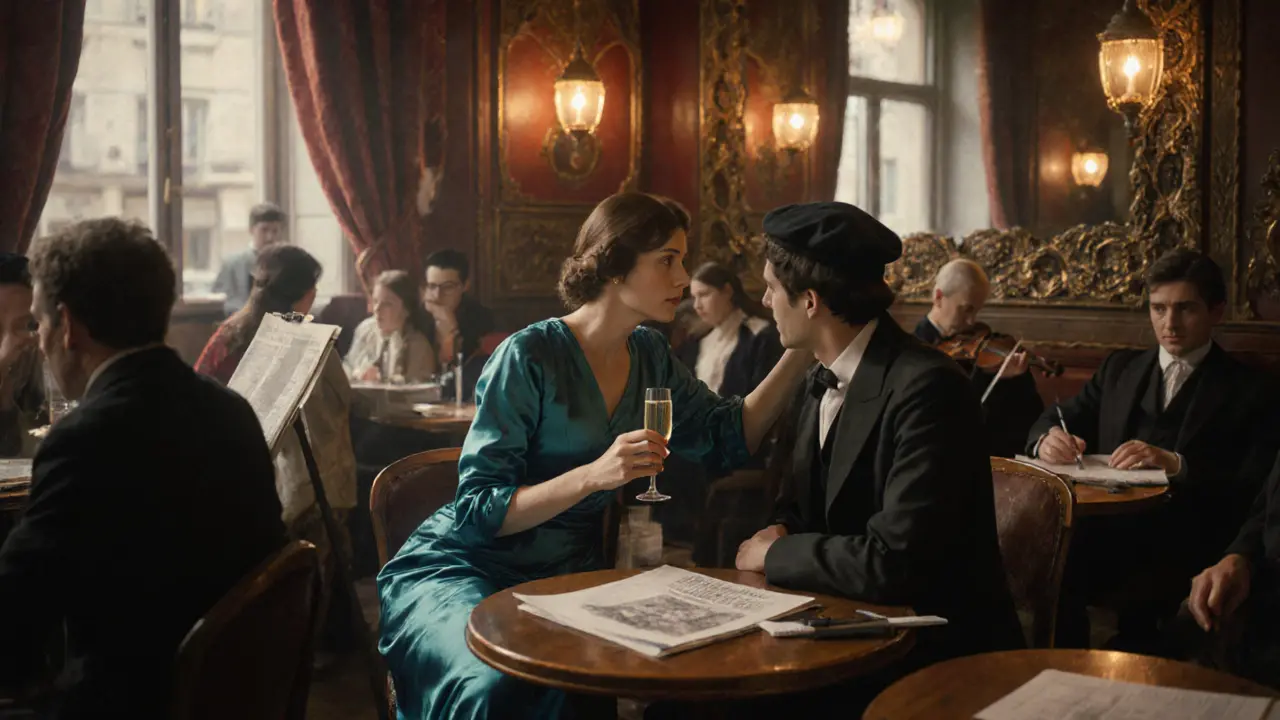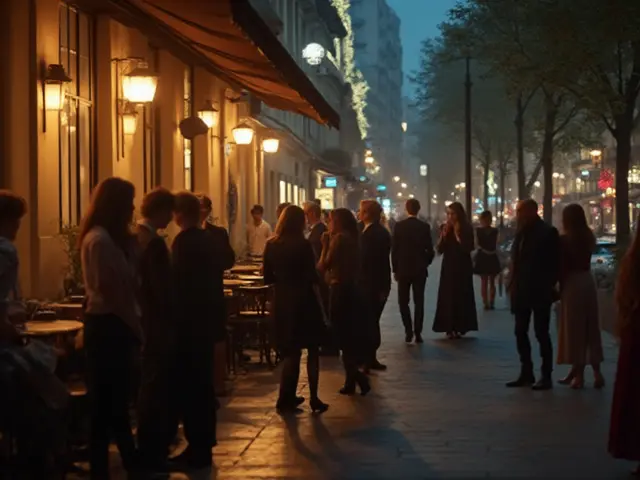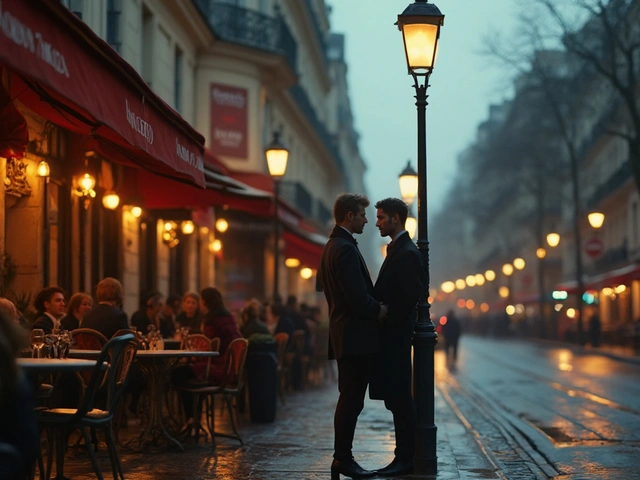In the bustling heart of late‑19th‑century Paris, Paris escorts were more than just companions; they were cultural catalysts who moved between salons, cafés, and studios, shaping the city’s creative pulse.
Why the escort scene mattered in the Belle Époque
The Belle Époque (1871‑1914) was a time of artistic excess, technological optimism, and a restless yearning for new experiences. While the Eiffel Tower rose and Impressionism turned the art world upside down, a parallel world of nocturnal gatherings was thriving. Belle Époque refers to the period of peace and prosperity in France before World War I, celebrated for its artistic innovation provided a fertile ground for escorts to mingle with painters, writers, and aristocrats.
Escorts weren’t merely service providers; they were often well‑educated, multilingual, and deeply aware of the latest cultural trends. Their ability to navigate both the respectable and the risqué made them ideal bridges between the bourgeois world and the avant‑garde.
Escorts as muses for painters
For visual artists, an escort could represent freedom, mystery, and the allure of the forbidden. Édouard Manet a French modernist painter whose works challenged the Academy’s strict rules famously hired courtesans to pose for his controversial pieces, blurring the line between respectable portraiture and erotic tableau.
- “Olympia” (1863) - While the model was Victorine Meurend‑Labrune, a well‑known courtesan, the painting sparked scandal because it displayed a confident, unapologetic female sexuality.
- “Le Déjeuner sur l’herbe” (1863) - Manet’s choice of a nude woman among clothed men was inspired by his encounters with Parisian escorts who embodied both innocence and worldly experience.
Henri de Toulouse‑Lautrec the French painter and printmaker famed for his depictions of Montmartre nightlife took this a step further. Working in the shadow of the Moulin Rouge, he documented the lives of dancers, singers, and the escorts who often performed alongside them.
- “At the Moulin Rouge” (1892-1895) - The painting captures a bustling crowd where escorts mingle with artists, illustrating how the two worlds overlapped.
- Posters for famous courtesans - Lautrec’s lithographs promoted the very women who inspired his work, turning them into icons of popular culture.
Literary salons and the escort’s pen
Writers found the same inspiration in the city’s escort scene. A famed example is Oscar Wilde the Irish playwright and poet who spent his most productive years in Paris. Wilde’s 1891 novel The Picture of Dorian Gray reflects a fascination with youthful beauty and the moral ambiguity that escorts embodied.
In Parisian literary salons, escorts often served as readers, critics, and even co‑authors. Their fluency in French, English, and German allowed them to translate ideas across borders, feeding the cosmopolitan climate that defined the era.
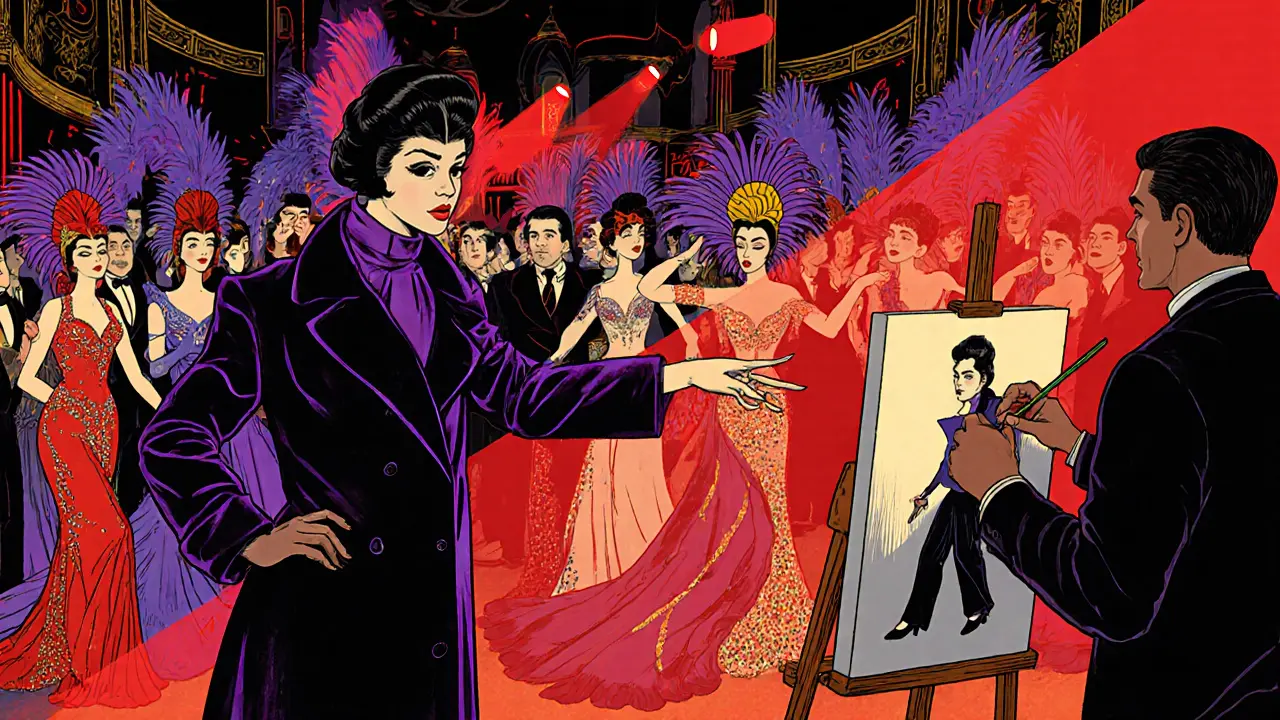
Notable collaborations that reshaped culture
| Escort (or Muse) | Artist / Writer | Key Work | Impact |
|---|---|---|---|
| Victorine Meurend‑Labrune | Édouard Manet | “Olympia” (1863) | Challenged accepted standards of female representation |
| La Goulue (Marie‑Adélaïde Lannes) | Henri de Toulouse‑Lautrec | Poster for the Moulin Rouge (1891) | Elevated nightlife figures to fine‑art subjects |
| “Mademoiselle D.” (known only by pseudonym) | Oscar Wilde | The Picture of Dorian Gray (1890) | Explored vanity, decadence, and the moral cost of beauty |
| Claudine (real name unknown) | Claude Monet | Series of River Seine paintings (1906‑1910) | Captured the fleeting light of Parisian waterways, often painted in the company of escorts who guided Monet through hidden riverbanks |
How escorts shaped artistic themes
Three recurring motifs appear in works influenced by escorts:
- Visibility of the hidden - Paintings and prose began to spotlight the lives of those who lived on society’s margins, forcing audiences to confront uncomfortable truths.
- Sensuality without moralizing - Rather than condemning desire, many creators portrayed sensual moments as natural, even celebratory.
- Social critique through personal stories - By focusing on individual escorts, artists could comment on broader issues like class inequality, gender roles, and the commodification of beauty.
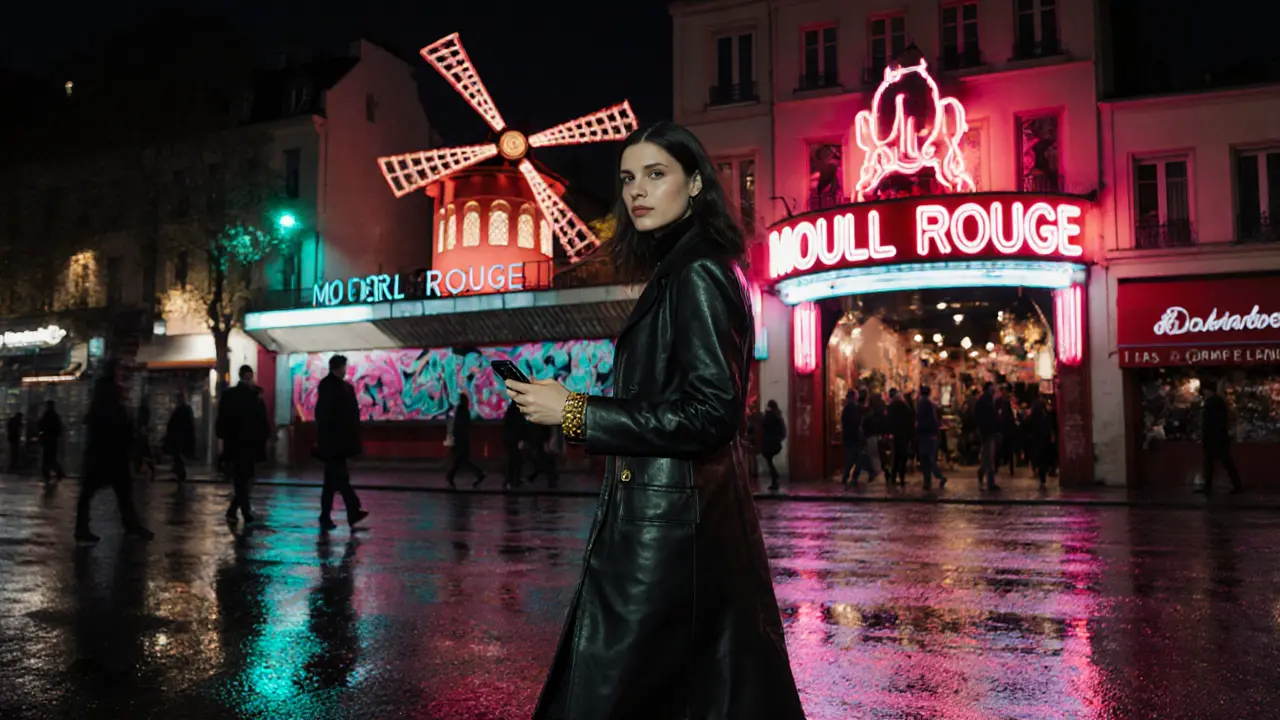
Modern echoes: today's writers and visual storytellers
Fast forward to the 21st century, and the legacy of Paris escorts still reverberates. Contemporary novelist Virginie Despentes French author known for raw, provocative narratives draws on the city's historic escort culture in her novel Vernon Subutex, portraying modern sex workers as complex protagonists rather than stereotypes.
Street photographers now document the modern equivalents of the Moulin Rouge scene, using smartphones to capture intimate moments that echo Lautrec’s lithographs. Online art platforms showcase digital paintings where escorts are depicted as empowered agents of their own stories.
A quick checklist for exploring the art‑escort connection
- Visit historic cafés like Café de la Rotonde a Montparnasse haunt for artists, writers, and nightlife figures in the 1920s. Look for wall‑mounted prints that reference courtesans.
- Read memoirs of 19th‑century escorts (e.g., the diaries of Céleste, a famed Parisian courtesan). They reveal firsthand how they influenced their artistic patrons.
- Explore museum collections (Musée d’Orsay, Musée d’Orangerie) for paintings that feature identifiable escorts.
- Attend contemporary literary events that focus on sexuality and marginal voices - many feature panels on historic escort influence.
- Use online archives (Gallica, Bibliothèque nationale de France) to find original salon invitations where escorts were listed as guests.
Frequently Asked Questions
Did escorts actually commission artwork, or were they just models?
Both. Some courtesans paid artists to create flattering portraits, while others offered their time and presence as muses. The financial independence of many escorts allowed them to act as patrons as well as subjects.
Which famous literary work was directly inspired by a Paris escort?
Oscar Wilde’s The Picture of Dorian Gray was heavily informed by his encounters with Parisian courtesans, whose blend of beauty and moral ambiguity shaped the novel’s central themes.
Are there modern artists still influenced by the escort scene?
Yes. Contemporary painters, photographers, and digital creators often cite historic escort culture as a source of empowerment narratives, using platforms like Instagram and TikTok to showcase new interpretations.
Where can I see original artwork featuring escorts?
Key venues include the Musée d’Orsay (Manet’s works), the Musée de la Vie Romantique (Lautrec’s prints), and private collections that occasionally loan pieces to exhibitions on Belle Époque nightlife.
How reliable are the memoirs of 19th‑century escorts?
While some memoirs were sensationalized for readership, many contain detailed observations of daily life, fashion, and the artistic circles they inhabited. Cross‑referencing them with artists’ diaries helps verify their accuracy.

